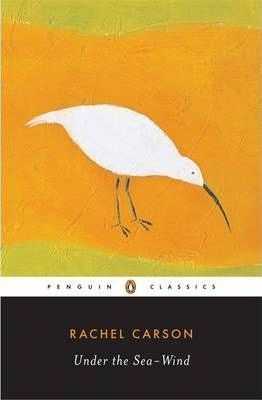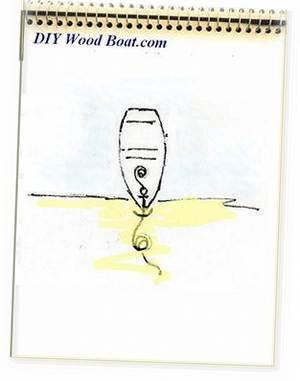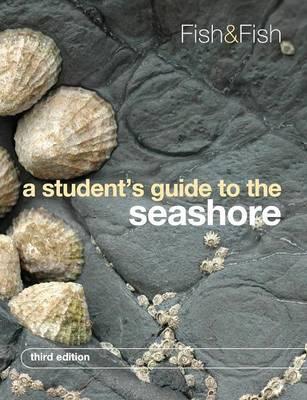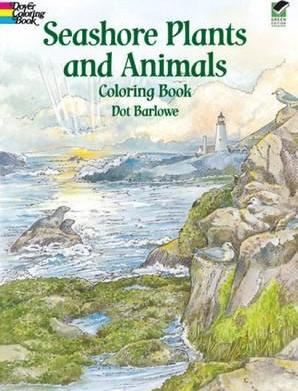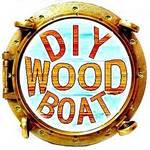- Home
- Cruising
- Navigation
- Anchors
Anchor Types
Anchors; choosing the right type, size and weight and the right ground tackle, chain and rode for your boat, is imperative, if you are to feel comfortable and safe while at anchor.
Dropping the hook for the night in some quiet, out of the way spot, far from the maddening crowds, is one of the great joys of boating.
To be able to enjoy the experience it is necessary to have complete faith in one's ground tackle.

The term 'ground tackle' includes the hook and the rope plus chain which attaches it to the boat.
Ground tackle not only needs to be the correct size and holding power for your particular boat but also suitable for the type of seabed below.
Anchor Types.
A small folding grapnel can be more than adequate as a temporary anchor for a small boat while fishing.
For larger boats, there are two basic categories of hook, those which are best for sand and mud and those better suited for hooking on to rock.
Anyone who cruises outside their own area would do well to carry at least one of each along with the appropriate rode for each .
There are so many different types of ground tackle available it is impossible for me to describe them all.
And I would hesitate to recommend anything on the strength of their advertising copy.
I did once buy an aluminum version of the danforth on the strength of the manufacturer's claims, it was certainly light and it looked the business but I found it almost impossible to set.
Boaters may seem to be conservative when it comes to choosing their ground tackle for good reason, their boat and even their lives may depend on it.
The ones I shall describe are the most popular for the simple reason that they have been tried and tested over many years and proved to work.
Having decided on the type or types of ground tackle to carry the next consideration is what size will be suitable for your boat.
The weight of your anchour will depend on the size of your boat and its holding power is its ability to withstand the force exerted by your boat before breaking free.
While the larger and heavier the hook the more holding power it will have, this must be weighed against your ability to lift it and haul it on board.
Below are some suggested weights for the four main types of anchor, but when in doubt it's always worth going one size larger.
| Boat length | CQR - Plough | Danforth | Fisherman | Bruce |
| 6M - 20ft | 15lb | 15lb | 9kg Z | 5kg |
| 8M - 26ft | 20lb | 15lb | 12kg | 7.5kg |
| 9M -30ft | 25lb | 20lb | 14kg | 7.5kg |
| 10M -33ft | 25-35lb | 25lb | 16kg | 10kg |
| 11M/36ft | 35kg | 30lb | 18kg | 10kg |
CQR - PLOUGH.
The Plough/Plow is my own particular favourite.
It is best suited to sea-beds such as mud, sand and shingle.
This is popular on sailboats and trawlers as it is a very durable hook, easy to stow, set, has considerable holding power and is resistant to breaking loose when the boat swings.
The CQR is a trademarked version of the plough which is made to very exacting standards. This is considerably more expensive than many other versions but it is quite simply the best.
DANFORTH.
The Danforth is an excellent choice for small boats, it can secure very firmly in soft mud or sand or shingle. They provide great holding power for their weight however, they do have a tendency to trip or break loose when the boat swings, which is a concern when anchoring overnight.
While they will hold in rock and coral they can sometimes be difficult
to retrieve intact.
If the danforth is damaged such as having its flukes bent it will lose
much of its holding ability.
Those made by the Danforth Company themselves seem to be of the best quality particularly those marked H, for high tensile.
On large boats they are particularly useful as kedge anchors because they save on space by folding flat.
Often they are mounted on the taffrail ready to let go as a stern anchor.
FISHERMAN.
This is the traditional type, suitable for all kinds of seabed particularly rocky and weed covered areas.
Most have a folding stock which allows for ease of storage.
They don't seem to be so popular on recreational craft anymore, perhaps because they are heavy or maybe just old fashioned.
All I can say is that mine has saved me on a number of occasions, when I have had problems getting my CQR to set or it has dragged.
BRUCE / CLAW.
The Bruce is one of the newer designs but one which has gained a reputation for versatility and providing good holding power.
It was originally developed for use on oil rigs in the North Sea.
It is best suited to sand but also works well on rocky beds however, it is not so easy to set when it comes to grass and weed.
The Bruce is almost indestructible and is very resistant to breaking loose when the boat swings.
GRAPNEL
The folding grapnel is a handy choice for small dinghies, rowing boats and the like as an occasional short term stay.
As they fold up quite neatly it is worth keeping one in you dinghy just in case.
Other Anchor Types
There are several new anchor designs, which would probably be better classified as 'scoop' or 'spade' anchors.
They are designed to increasing holding power especially in mud and other soft bottoms.
The sophisticated shapes and angles are aimed at using physics instead of mass as the anchor holding mechanism.
The most common complaints heard about these types of anchor is that they set so well and bury so deeply that it is sometimes difficult to break them out and that they invariably bring up loads of muck when they do break out.
affiliate linksRode.
All of the ground tackle described also need chain on the rode to weight the shank of the anchour down so that it lies on the bottom and sets properly.
Some sturdy galvanized chain will also help to resist any abrasion.
If using a combination of rope and chain, the chain needs to be at the very least the length of your vessel.
While I prefer to have an all chain rode, some prefer to have some nylon rope to help absorb any shocks from surging which could cause the anchor to break out.
Make sure that the bitter end of the rode is securely affixed to the boat before dropping the hook, otherwise, you could lose your whole ground tackle.
If you have an all chain rode, you must have the bitter end secured to the boat with something which can easily be undone or cut in an emergency such as a length or rope.It should also run freely in the locker and through the hawse pipe.
It is a good
idea to have the warp and chain marked off in increments so you can easily tell how much is being let out.
Whether
you mark it in feet or meters should be based on the standard of
measurement you are used to using on your charts and tide tables.
You can use color codes for the different lengths but I personally find it simpler to just count the number of marks as I let it out rather than trying to remember some complicated code.
Galvanized chain will need a suitable primer before painting, then a nice big splash of your favorite color.
While you have the paint out why not paint your hook as well, it will make it easier to spot down in the murky depths.
If you are going to use a windlass your chain will have to be calibrated and you need to make sure to choose the appropriate one for your windlass.
The table below gives suggestions for appropriate rope and chain sizes.
| Boat length | Chain size | Rope size |
| 6M - 20ft | 7mm - 1/4inch | 10mm |
| 8M - 26ft | 8mm - 5/16inch | 12mm |
| 10M -33ft | 8mm - 5/16inch | 14mm |
| 12M/40ft | 10mm - 3/8inch | 16mm |
Buddy Weight, Kellet, Chum.
There are several situations where having a Kellet, Sentinel, Chum or Buddy-weight. can be beneficial.
When it starts to blow, or you are caught out on a lee shore and all your chain is out the extra weight will help overcome any lift exerted on the anchor.
When anchored in a crowded bay, it may not be possible to let out enough scope.
It will also help resist any sideways shearing by keeping more of the chain dragging across the bottom, help dampen any snubbing effect and help reduce the swinging circle.
The weight should be suspended from rode so that it is off the seabed at all stages of the tide.
It should be attached to the rode with a large shackle or something similar which will allow it to be easily attached and slide up and down the rode and adjusted with the control line.
However, best way to improve the angle the anchor on the bottom and improve dampening is to increase the scope.
And if you are having any trouble getting your anchor to set it might be time to consider getting a larger, preferably a better designed, anchor.
Stowage.
It has become common practice, particularly in production boats to stow the hook over the bow roller and the chain in a locker right up in the bows.
While this may be convenient in many ways, it is not good practice to concentrate too much weight in the ends of a boat.
Weight in the ends will contribute to pitching.
Your boat will ride more comfortably and safely if you can position the chain locker closer to the center of buoyancy and once under way remove the hook from the bow roller and stow it further aft.
Despite the proliferation of marinas there are still many delightfully tranquil anchorages all over the world.
There really is little to compare with spending an evening secured by your own ground tackle, far from the maddening crowds and the light pollution, except perhaps for being woken the next morning by the gentle lapping against the outside of the hull and the sound of the birds.
- Home
- Cruising
- Navigation
- Anchors
NATIVE ASYNC



